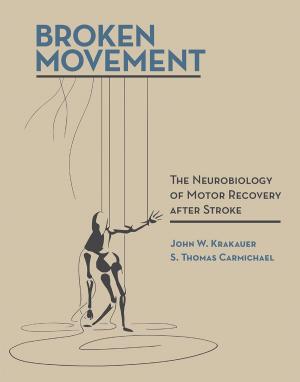Chaos and Organization in Health Care
Nonfiction, Health & Well Being, Medical, Patient Care, Health Care Delivery, Reference, Health Policy| Author: | Laura Cushing-Kidney, Thomas H. Lee, MD, James J. Mongan, MD | ISBN: | 9780262258364 |
| Publisher: | The MIT Press | Publication: | February 10, 2012 |
| Imprint: | The MIT Press | Language: | English |
| Author: | Laura Cushing-Kidney, Thomas H. Lee, MD, James J. Mongan, MD |
| ISBN: | 9780262258364 |
| Publisher: | The MIT Press |
| Publication: | February 10, 2012 |
| Imprint: | The MIT Press |
| Language: | English |
Two leading physicians' prescription for solving our health care problems: organizing the fragmented system that delivers care.
One of the most daunting challenges facing the new U.S. administration is health care reform. The size of the system, the number of stakeholders, and ever-rising costs make the problem seem almost intractable. But in Chaos and Organization in Health Care, two leading physicians offer an optimistic prognosis. In their frontline work as providers, Thomas Lee and James Mongan see the inefficiency, the missed opportunities, and the occasional harm that can result from the current system. The root cause of these problems, they argue, is chaos in the delivery of care. If the problem is chaos, the solution is organization, and in this timely and outspoken book, they offer a plan.
In many ways, this chaos is caused by something good: the dramatic progress in medical science—the explosion of medical knowledge and the exponential increase in treatment options. Imposed on a fragmented system of small practices and individual patients with multiple providers, progress results in chaos. Lee and Mongan argue that attacking this chaos is even more important than whether health care is managed by government or controlled by market forces. Some providers are already tightly organized, adapting management principles from business and offering care that is by many measures safer, better, and less costly.
Lee and Mongan propose multiple strategies that can be adopted nationwide, including electronic medical records and information systems for sharing knowledge; team-based care, with doctors and other providers working together; and disease management programs to coordinate care for the sickest patients.
Two leading physicians' prescription for solving our health care problems: organizing the fragmented system that delivers care.
One of the most daunting challenges facing the new U.S. administration is health care reform. The size of the system, the number of stakeholders, and ever-rising costs make the problem seem almost intractable. But in Chaos and Organization in Health Care, two leading physicians offer an optimistic prognosis. In their frontline work as providers, Thomas Lee and James Mongan see the inefficiency, the missed opportunities, and the occasional harm that can result from the current system. The root cause of these problems, they argue, is chaos in the delivery of care. If the problem is chaos, the solution is organization, and in this timely and outspoken book, they offer a plan.
In many ways, this chaos is caused by something good: the dramatic progress in medical science—the explosion of medical knowledge and the exponential increase in treatment options. Imposed on a fragmented system of small practices and individual patients with multiple providers, progress results in chaos. Lee and Mongan argue that attacking this chaos is even more important than whether health care is managed by government or controlled by market forces. Some providers are already tightly organized, adapting management principles from business and offering care that is by many measures safer, better, and less costly.
Lee and Mongan propose multiple strategies that can be adopted nationwide, including electronic medical records and information systems for sharing knowledge; team-based care, with doctors and other providers working together; and disease management programs to coordinate care for the sickest patients.















